What is a growth strategy?
When you run a business, it’s easy to get caught in the moment, always focusing on the day or project in front of you. But, in order to be truly successful, you need to look ahead and ensure that all business decisions support your key goals. For this, you need a plan.
A successful growth plan is more than a marketing strategy and different from a financial plan. It’s a complete framework for company growth that includes objectives, strategies and plans for achieving business growth goals. To stay focused with clear objectives, many business owners create business growth plans because they provide a timeline and clear outline for achieving success. Read on to learn 3 must-have components every successful growth strategy needs to include.
1. Identify Key Performance Indicators (KPIs) and Metrics
How are you measuring success? Most companies want to grow, but what or where do you exactly need to grow to achieve company goals? A common evaluator for goals is that they are SMART, an acronym which stands for:
-
Specific: Goals need to be clear. For example, rather than saying, “increase sales,” say, “increase sales by 5%.”
-
Measurable: Make sure you can measure your goal. Instead of saying, “gain new customers,” try, “gain at least 3% more customers each month.”
-
Achievable: Adjust your expectations and make sure your goal is achievable. Review your current metrics and data to help you set a goal that your organization can meet.
-
Relevant: Ensure the growth goal you set is relevant to your long-term organizational goals. For example, if you’re hoping to build an international customer base over the next 10 years, set a goal that focuses on increasing the number of markets you operate in rather than limiting yourself to a single demographic.
-
Time-bound: Set a deadline for assessing your progress. Make sure you can meet the rest of your SMART criteria within your established time frame.
Keep in mind that growth doesn’t happen in a vacuum. Growth strategies can include multiple initiatives. For example, growing sales will result in growth in revenue — and possibly additional equipment and headcount to support the increased demand. Identifying more than one goal helps companies reduce risk and maximize all opportunities.
2. Know Your Brand and Audience
A business growth strategy is more effective when you’re true to your brand, positioning, and possess deep audience insight. Growth comes from a relentless focus on your core competencies, and your growth strategy should align with areas in which your company excels. You’ll need to know your strengths, positioning, and brand differentiation. It’s much easier to create realistic and impactful goals with a clear grasp on your brand identity and DNA.
Truly understanding your audience is also crucial. Knowing their pain points, needs, and wants will help you satisfy customers better than your competitors. Conduct market research to best understand your competitors and areas for improvement. You can survey existing customers or run focus groups to get this knowledge. What you uncover in this step will shape the expectations and growth goals to better determine a timeline, budget, and your ultimate destination.
3. Create an Execution Plan
Document all the nitty-gritty details and concrete actions you need to take to make this plan a reality. Spell out all the details so you and your team know exactly what needs to be executed, when it needs to be done, and how it will be achieved. This documentation creates accountability and helps ensure that you reliably hit your intended growth goals.
Keep in mind that this is a living document. You need to be ready to adapt and you’ll continuously be optimizing. The more you monitor and measure your growth efforts, the more you’ll begin to see what is producing results and what isn’t. If something is working particularly well, double down. If a particular tactic isn’t effective, try to make corrective adjustments. Consider pivoting if that doesn’t work.
Successful companies plan for growth. What’s your plan?






